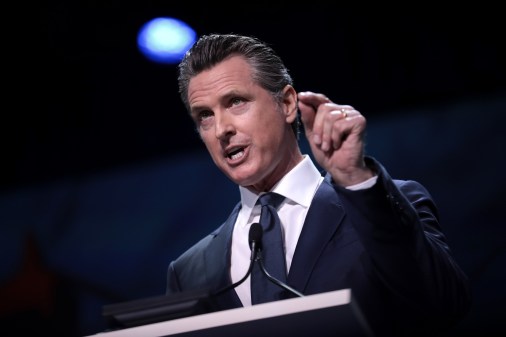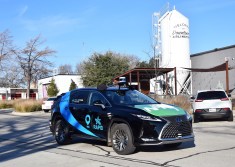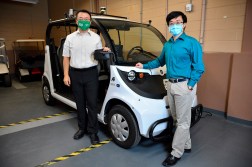Federal guidance encourages regulation of autonomous vehicles by states

An update of new autonomous vehicle (AV) guidelines by the Transportation Department on Tuesday has provided the auto industry clarification on voluntary safety measures. The move also shows a preference by the Trump administration to leave any potential regulatory action up to states and local jurisdictions.
In a visit to Ann Arbor, Michigan, U.S. Transportation Secretary Elaine Chao unveiled the new guidelines, called the Automated Driving Systems 2.0, that modify the Obama Administration’s 2016 Federal Automated Vehicles Policy. The new guidance emphasizes that the guidelines are only meant to be voluntary. They also cut a section of the previous policy that suggested potential measures for ethical considerations in manufacturing, and in privacy, registration and certification.
In an accompanying explanation of the changes, the National Highway Traffic Safety Administration (NHTSA), which has overseen the AV guidance from the beginning, said that parts of the old document were removed since they were “speculative in nature.” In fact, the word “voluntary” was peppered throughout the document more than 50 times to underline the stance.
While the guidelines released during the Obama administration were also voluntary, the update indicates the guidelines will remain so to give manufacturers and tech companies greater freedom in designing and deploying autonomous vehicles.
“[The update] calls for industry, state and local governments, safety and mobility advocates and the public to lay the path for the deployment of automated vehicles and technologies,” the Transportation Department stated in a release.
The new guidance document explains that its intention is to “support innovators and States in the deployment of this technology, while informing and educating the public, and improving roadway safety through the safe introduction of the technology.”
The document contains 12 “priority safety design elements” for consideration, including:
Yet less federal AV regulation may hinder the technology’s development rather than help it. During discussions before and after the creation of Obama’s guidelines, lobbyists from the automobile and IT industries said one of their biggest fears was that states and cities would inadvertently create a patchwork of manufacturing standards.
With competing sets of regulations, lobbyists said it would make it difficult and costly to manufacture vehicles. Their hope was that federal policy would overrule conflicting state and local regulations.
As the administration steps back from regulations, states and cities have continued to move forward on their own policies and pieces of legislation.
Meanwhile, Congress moves quickly on a bill containing sweeping reforms to make way for the new technology and reaffirm the federal government’s place as an industry regulator. The Safely Ensuring Lives Future Deployment and Research In Vehicle Evolution Act, or SELF DRIVE Act, passed easily through the House, with accompanying wording now being drafted in the Senate. The bill would allow up to 100,000 autonomous vehicles on public roads without meeting existing safety standards within the first three years of its passage and prohibit states from blocking the technology locally.






